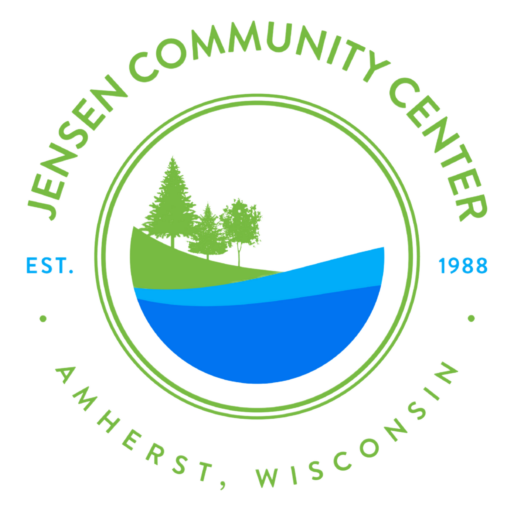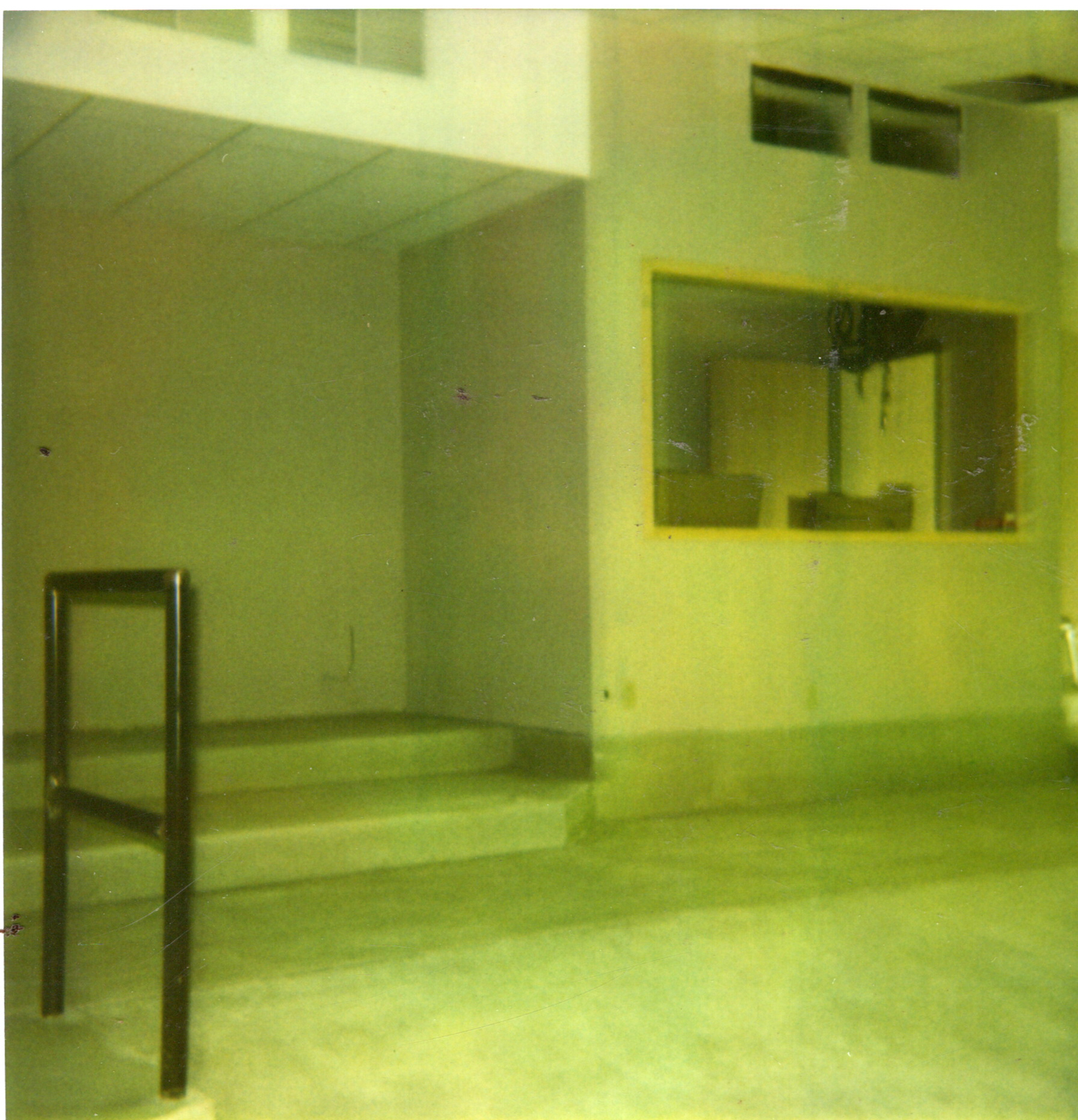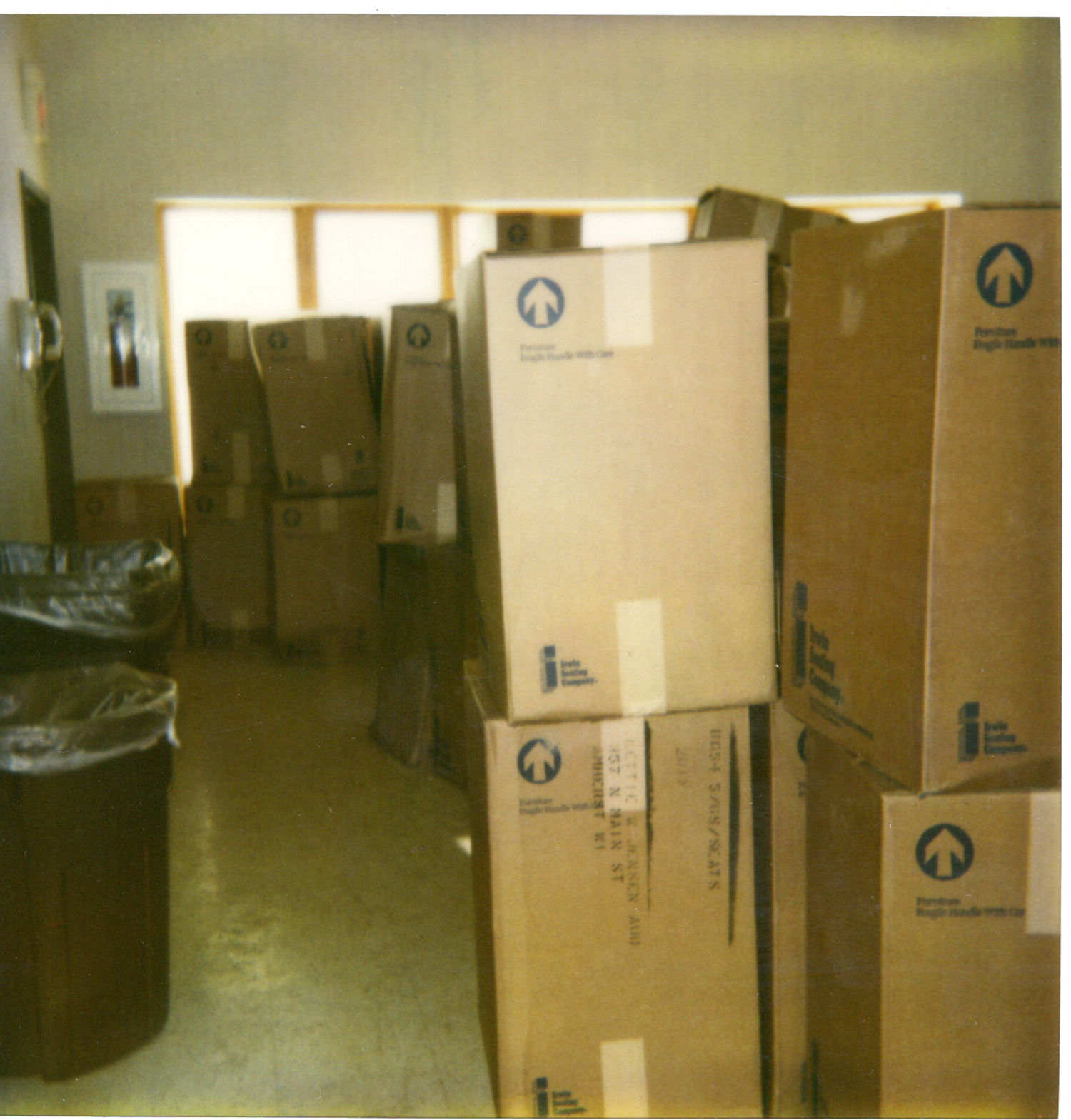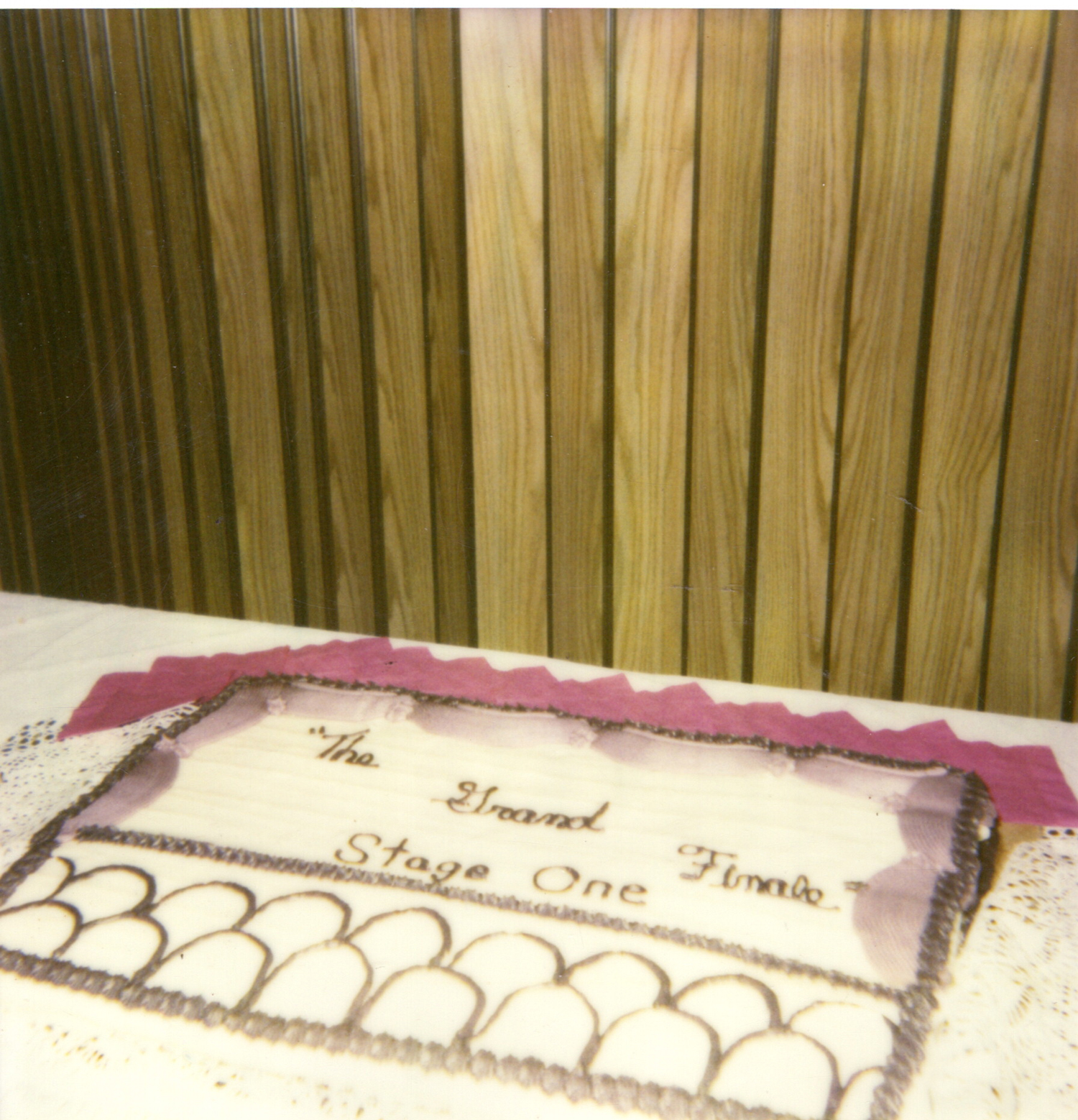Raising the curtain on the Jensen Center Theater
By Brent Frankenhoff
On this page, we focused on the portions of the Jensen Community Center that were completed and opened to the public 35 years ago on June 6, 1988, with a grand opening celebration held August 7, 1988. Financed by a $1 million bequest from the family of former Amherst resident Lettie Jensen, the Center filled a community need that had been expressed for a number of years.
As plans for the Center were being developed, then-Amherst High School Principal Bob Lane, Tom Pease, LaVerne Peterson, Sue Weller, and Dan Roarty met on March 2, 1987, to discuss an auditorium for the Center. Traditional rows of seats to accommodate 240 to 300 patrons was suggested. The local community theater group, plus the high school theater group, and other performers were considered as the primary users of the space.
When the Center opened in 1988, the theater was just a shell with a concrete stage and a sloped floor. Concerts and other performances were held in the Community Room or, in temperate months, the unheated and uncooled theater with attendees bringing their own seating.
According to former Center Manager Mary Peplinski, during the first few years of the Center being open, “the auditorium was being used as a cold storage space for the Tomorrow River Historical Society. After much discussion, it was decided to work on getting funds raised to complete the auditorium.”
As required in its bequest, the remainder of the Jensen family donation that built the Center had been invested to insure that the Center would be self-maintained and not need to seek government funding of any kind, making those funds unavailable for completion of the auditorium.
A committee was formed with Peplinski as chair representing the Center’s Board of Directors. Other members included Terry Anderson, Dick Pavelski, Tom Ehr, Butch Pomeroy, and Don Aylesworth. A series of fundraisers soon acquired $130,000 and plans to finish the theater were developed, starting with heating and air conditioning or, as Peplinski put it, “First heat, then seats.”
To raise $240,000 for the next phase of theater completion, “The Grand Finale” fundraising drive was launched with various donation levels ($2,000 for a “Director,” $1,000 to $1,999 for a “Performer,” $50 for a “Stage Hand,” and $300 for one theater seat or $500 for two). At the time, the fundraising committee wrote, “Like the Amherst Opera House of the 20th century, this auditorium will be a community resource for the 21st century. When completed, it will be a facility worthy of attracting and accommodating a variety of social and cultural activities and performances and will continue to enhance the quality of life in the Tomorrow River community.”
Two hundred forty-two professional seats were purchased and installed, and a grand opening and dedication ceremony was held November 6, 1994.
Peplinski said that the community really supported the new theater, especially addressing needs as they arose. “Until we had our own installed, we used lights from the Tomorrow River Community Theater,” she added. “We had plays, the New Hope Children’s Community Theater, and other performers who helped raise funds along the way. We had volunteers from every user group as well as donations from everyone in the community big and small. My fondest memories were working with all the community groups, especially the children.”
During the remainder of the 1990s, carpeting from the Center’s lobby and hallway was repurposed for the theater after a cleaning accident significantly damaged portions of the carpet and, as more funds were raised, professional lighting and sound systems were installed. Peplinski said, “We kept finishing projects one at a time. It’s been the policy for years to keep improving as we can afford it.”
Jodi Engum-Kryshak was involved with the theater long before she was hired as Executive Director in 1996, serving on a “committee that toured area theaters to learn more about the many pros and cons of theater construction and equipment options so that we could present recommendations,” she said. During her six-year tenure, she was instrumental in finishing the theater, bringing her knowledge and experience to the project. Her husband, Mark, also made many contributions to the Center, including painting the theater and helping raise funds for its completion.
“I appreciated that we were home to the Tomorrow River Area Community Theater and the New Hope Productions Children’s Theater,” Engum-Kryshak said. “Those were very busy times and rewarding experiences for the entire community.”
In April 2000, lighting and stage consultant Dave Carlson completed a survey of the then-existing theater and had a number of recommendations, including replacement of the outdated curtains, upgrades to the lighting system, and expansion of the theater stage area. After obtaining estimates, several suggestions, including expansion of the existing space, were put on hold in early 2002, due to costs. The remaining parts of the project became a new phase of theater completion. As part of that phase, a wooden “floating” floor was installed on the stage in early 2002 giving performers a vastly improved platform over the former concrete floor.
In 2014, a combined theater and bathroom expansion project was developed with plans drawn up and estimates given. Due to the high cost at the time and a sagging economy, the theater expansion portion of the project was set aside in September 2015, while the bathroom remodel moved ahead. That remodeling project relocated an office/meeting room to the former coat room, eliminating valuable storage space.
In early 2023, theater users were consulted and plans drawn up for a possible expansion of the stage, adding much-needed dressing rooms, bathrooms, and storage to the backstage area. In addition, new stage lights and curtains for the deeper stage as well as a long-needed expansion of the sound booth were also included in the plans.
Peplinski said, “We really need to expand the stage and backstage areas as we have increased the numbers of community members, especially youth, participating in our many events and productions. This project would help improve safety issues that arise from the larger numbers of participants.”
After initial estimates for the full project came in considerably higher than anticipated, the Jensen Center Board of Directors voted to re-evaluate the project, forming a pair of committees, one to break the project into stages with an objective to enhance the Center’s usability and the other to identify funding options.






